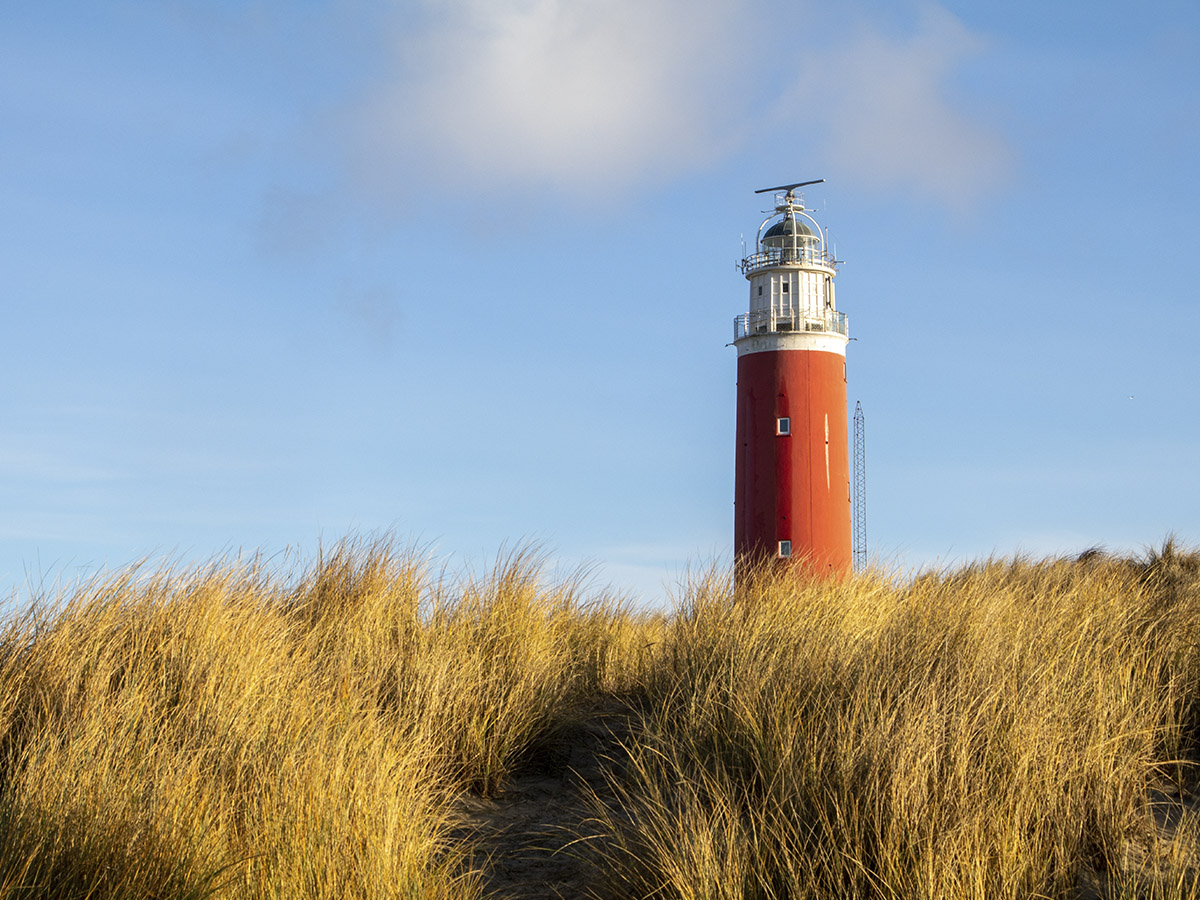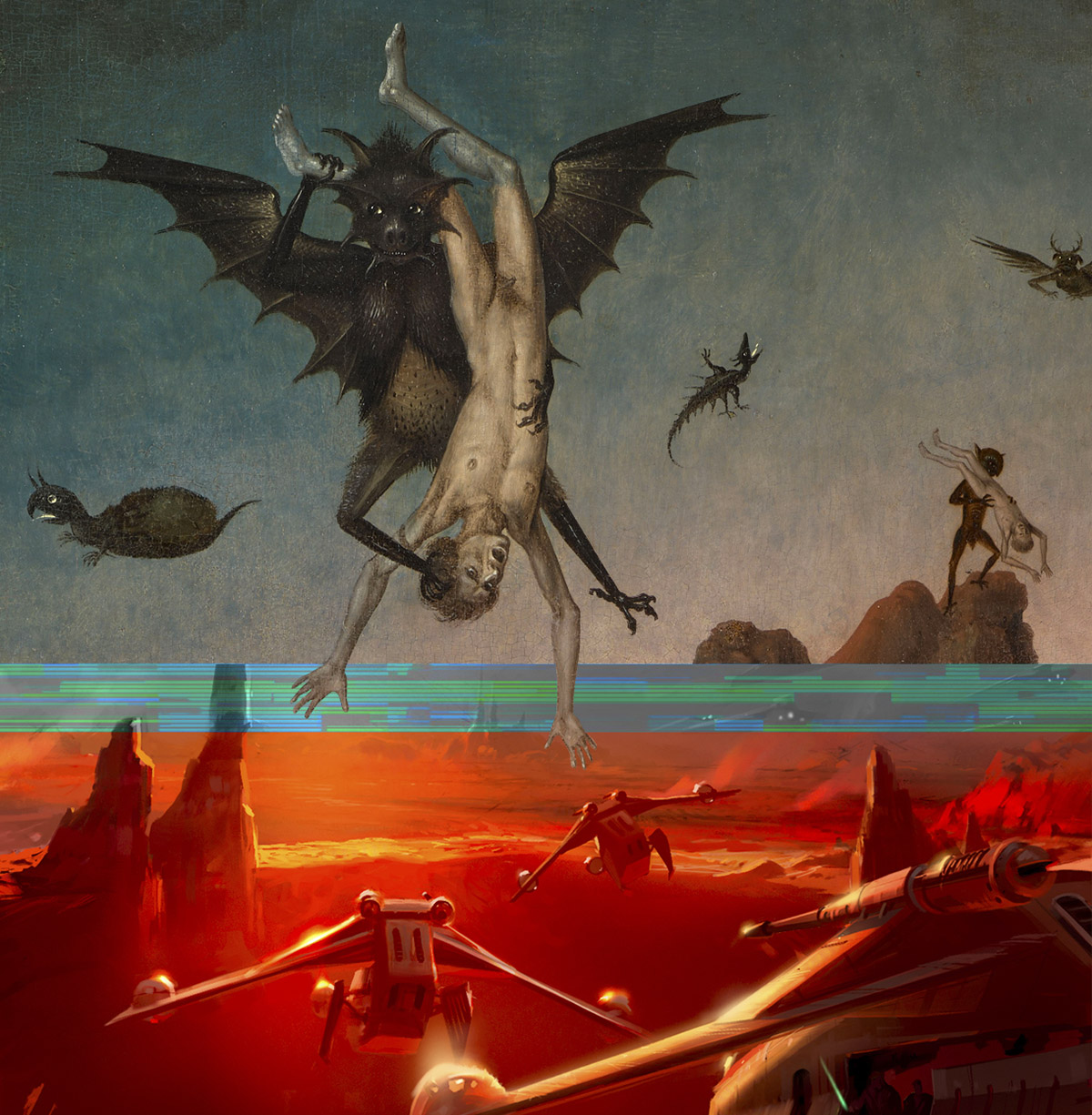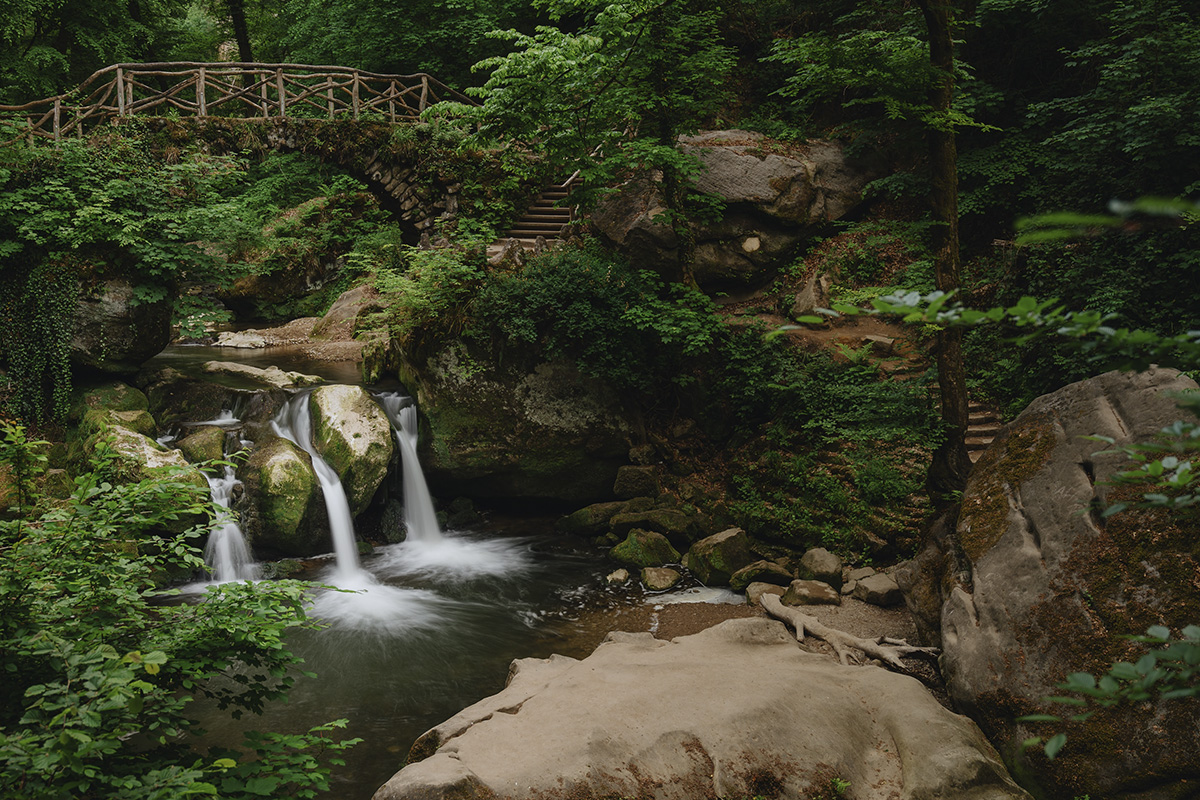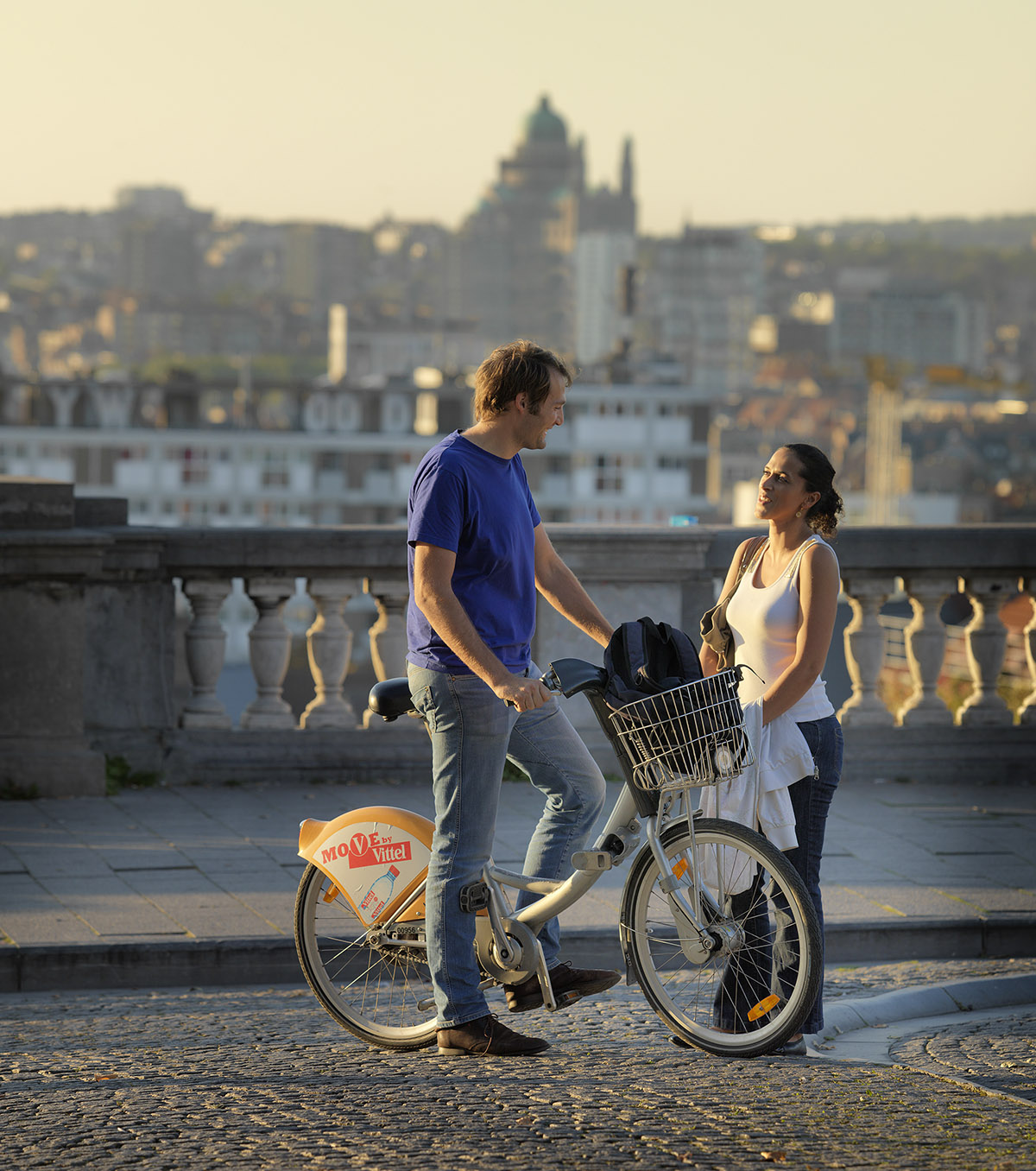Paleis Het Loo: The revival of Dutch Delftware artworks
Text: Lauren Walker | Photos: Paleis Het Loo/Bart Brussee
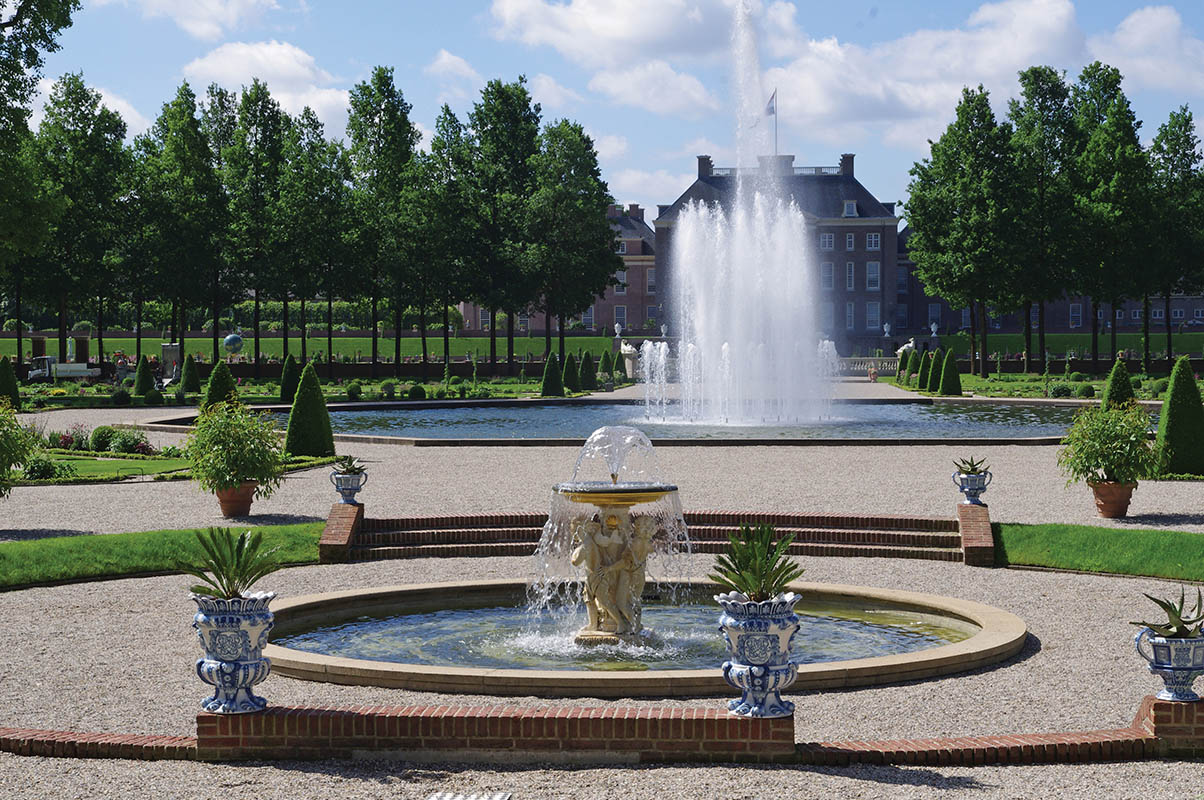
In the heart of the Netherlands stands a palace constructed in the 17th century by the House of Orange, called Paleis Het Loo. It was later transformed into a museum in 1984, and since 2016, it has become home to one of the country’s national treasures: a collection of Delftware garden vases. Now, in a unique collaboration with Amsterdam Airport Schiphol, some of these stunning garden vases are surprising travellers at the country’s largest airport, bringing Dutch Delftware vases to the foreground and back in the public eye once again.
During the restoration of the gardens which came three years ago to an end, Paleis Het Loo decided to bring the grounds back into the situation how the grounds have looked like during the Baroque period, when it was home to the Orange family. Because of finding remains of Delftware vases in the gardens Paleis Het Loo decided these artefacts should once again adorn the gardens and be the cornerstone of the renovation project. Three original royal vases were found at various places in Europe – at Erddig Hall in Wales, at Schloss Favorite in Baden-Württemberg in Germany and in France. The French vase was bought by Paleis Het Loo in 2010. All three vases served as example for the manufacturing of the new vases in the palace gardens.

Tradition and innovation
For the regeneration project traditional craft was combined with innovation. Collaborating with the Industrial Design faculty of the Technical University Delft, experts used the latest technologies to scan the extant garden vases for the moulds. Production and hand-painting of the vases has been undertaken by Royal Tichelaar Makkum, using high-quality 17th-century tin-glazing techniques. In this way, innovation and craftsmanship was combined. The production was very labour-intensive. It takes five days to paint just one vase! All 45 extraordinary replicate Delftware vases produced for this project were moulded. However, the surfaces were hand-painted and the 17th century artisan tin glaze applied by Royal Tichelaar Makkum. The first inhabitants of the palace, King William III and Queen Mary, would gift large Delftware garden vases to noblemen who supported them during the Glorious Revolution of 1688, which explains why the remains of some vases were found found in castles and palaces across Europe. The patterns would depict symbols of the kingdoms receiving gifts, such as the Tudor rose of England or the Irish harp, often alongside the monograms of their names painted in calligraphy.

Both the daughter of King James II, princess Mary Stuart II, and her Dutch husband William of Orange were avid collectors of Dutch Delftsware pottery and exotic plants and trees and combined both passions by arranging rare flora in their vases. These were often imprinted with orange trees, symbolic of the Orange dynasty, and myrtles. It is believed they would decorate both the gardens and their home with these vases, to draw a constant line between the indoors and outdoors.
Less 17th-century Delftware garden vases have survived because they are very delicate. Freezing cold is disastrous, as these conditions could lead to cracks in the artworks and the glaze to eventually burst. That is why the exhibition of the new Delftware vases in the palace garden runs exclusively from the start of June to the end of September.

Amsterdam Airport Schiphol Bart Brussee.
A unique display
However, the vases are not completely hidden away during the colder months. Paleis Het Loo, in collaboration with Amsterdam Airport Schiphol, has created a unique display at the newly built E-pier, to surprise travellers with a 12-piece collection, showcasing all three designs. The garden vases stand in a modern space creatively designed by Dutch designer Mae Engelgeer, of which the pedestals and walls translate the colours of the palace’s gardens, complementing the Delft Blue artworks and mimicking the surroundings from their original home.
Paleis Het Loo on Tour
Travellers will be able to learn more about the extraordinary collection of vases. The presentation of these distinctive pottery works at the airport is part of Paleis Het Loo on Tour, an initiative by the museum to showcase exceptional collections in unexpected places in the Netherlands during the renovations and construction of the grounds, and to excite national and international visitors about the reopening of Paleis Het Loo in 2021.

Paleis Het Loo is undergoing a major renovation and expansion and will reopen in 2021. The gardens and stables are open from April 2020 to September 2020, where the Delft Blue vases will be showcased.
For more info, go to: www.paleishetloo.com
Subscribe to Our Newsletter
Receive our monthly newsletter by email
